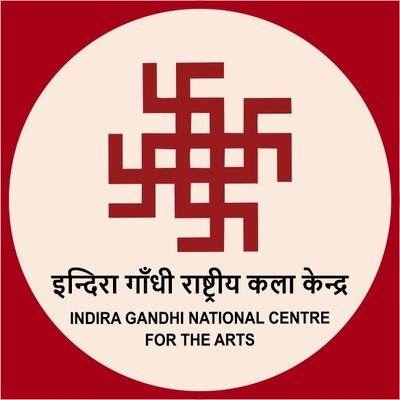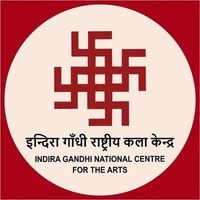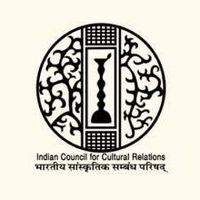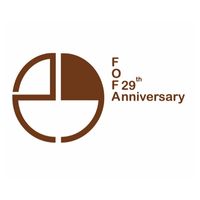Indira Gandhi National Centre for the Arts

The Indira Gandhi National Centre for the Arts, established in memory of Smt. Indira Gandhi, is visualised as a centre encompassing the study and experience of all the arts – each form with its own integrity, yet within a dimension of mutual interdependence, interrelated with nature, social structure and cosmology.
This view of the arts, integrated with, and essential to the larger matrix of human culture, is predicated upon Smt. Gandhi’s recognition of the role of the arts as essential to the integral quality of person, at home with himself and society. It partakes of the holistic worldview so powerfully articulated throughout Indian tradition, and emphasised by modern Indian leaders from Mahatma Gandhi to Rabindranath Tagore.
The arts are here understood to comprise the fields of creative and critical literature, written and oral; the visual arts, ranging from architecture, sculpture, painting and graphics to general material culture, photography and film; the performing arts of music, dance and theatre in their broadest connotation; and all else in fairs, festivals and lifestyle that has an artistic dimension. In its initial stages the Centre will focus attention on India; it will later expand its horizons to other civilisations and cultures. Through diverse programmes of research, publication, training, creative activities and performance, the IGNCA seeks to place the arts within the context of the natural and human environment. The fundamental approach of the Centre is all its work will be both multidisciplinary and interdisciplinary.
Recognising the need to encompass and preserve the distributed fragments of Indian art and culture, a pioneering attempt has been made by Indira Gandhi National Centre for the Arts (IGNCA) to serve as a major resource centre for the arts, especially written, oral and visual materials. One of the programmes of this centre, in collaboration with UNDP, is to utilise multimedia computer technology to create a wide variety of software packages that communicate cultural information. Multimedia technology allows the user to interact and explore the subject in a non-linear mode by combining audio, text, graphics, animation and video on a computer.
Similar content
posted on
12 Jul 2010
posted on
25 Oct 2018
posted on
20 Aug 2013
posted on
03 Jul 2011
posted on
07 May 2011
deadline
10 Jun 2019





